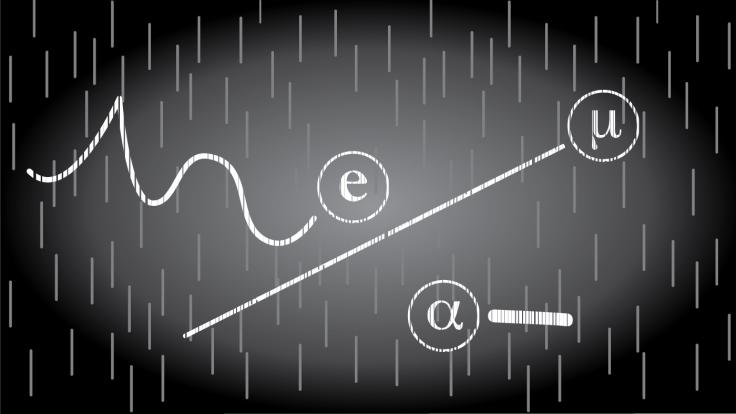In the late 1890s, physicist Max Planck proposed a set of units to simplify the expression of physics laws. Using just five constants in nature (including the speed of light and the gravitational constant), you, me and even aliens from Alpha Centauri could arrive at these same Planck units.
The basic Planck units are length, mass, temperature, time and charge.
Let’s consider the unit of Planck length for a moment. The proton is about 100 million trillion times larger than the Planck length. To put this into perspective, if we scaled the proton up to the size of the observable universe, the Planck length would be a mere trip from Tokyo to Chicago. The 14-hour flight may seem long to you, but to the universe, it would go completely unnoticed.
The Planck scale was invented as a set of universal units, so it was a shock when those limits also turned out to be the limits where the known laws of physics applied. For example, a distance smaller than the Planck length just doesn’t make sense—the physics breaks down.
Physicists don’t know what actually goes on at the Planck scale, but they can speculate. Some theoretical particle physicists predict all four fundamental forces—gravity, the weak force, electromagnetism and the strong force—finally merge into one force at this energy. Quantum gravity and superstrings are also possible phenomena that might dominate at the Planck energy scale.
The Planck scale is the universal limit, beyond which the currently known laws of physics break. In order to comprehend anything beyond it, we need new, unbreakable physics.













